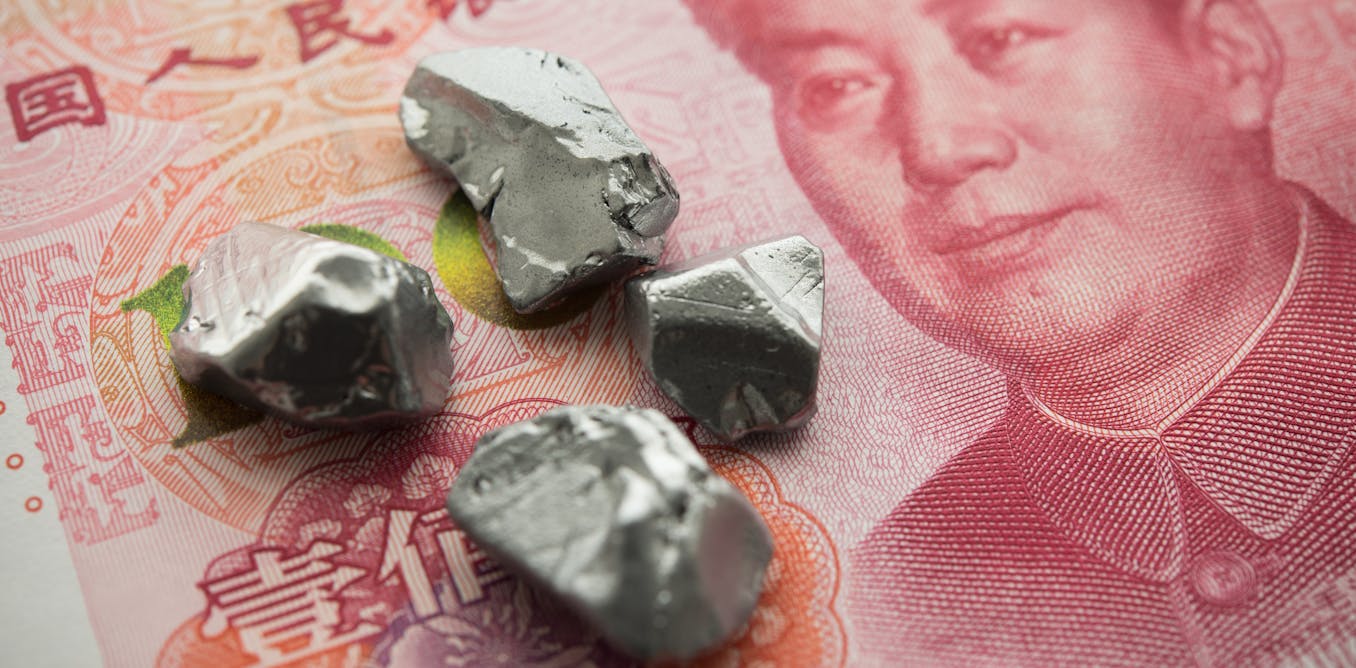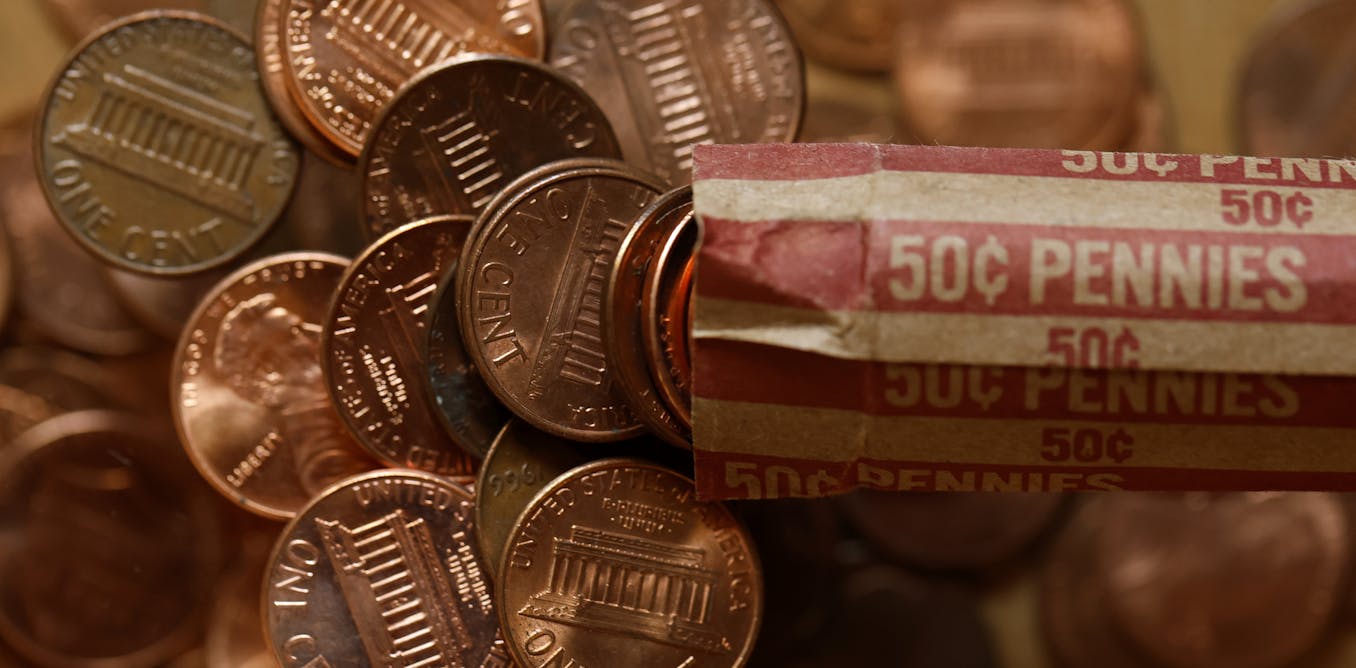December 2023 marks the 250th anniversary of the Boston Tea Party, one of the most famous events leading up to the Revolutionary War. On the night of Dec. 16, 1773, Colonists marched aboard three ships and threw more than 90,000 pounds of tea into Boston Harbor. No one died, and the only things injured were the tea leaves, but this event helped precipitate a major war.
I am a business school professor who often drives by the Tea Party site while taking his wife to work. Each time, I ponder the lessons this “party” has for people in business. Many aren’t obvious. Here are four that come to mind.
1) Publicity is important
There were actually 10 “tea party” protests across the 13 Colonies in the late 1770s. However, only one ended up in the history books. The others, including a second one in Boston just four months afterward, were largely forgotten. Getting the word out fast, which in those days was done by newspaper, is key. Otherwise, you can do a lot of work that will be ignored.
2) Dramatic changes in the market can cause problems
The volume of tea imports into the Colonies rose at a very fast rate in the four years leading up to the Boston Tea Party. They went from 55 tons in 1770, which was close to the amount dumped in the harbor, to 370 tons the year the tea was dumped. This was an increase of almost seven times. The population of the Colonies was about 2 million people in 1770 and didn’t expand much in that four-year period. Basic economics tells us this dramatic increase in supply without more customers meant the price of tea had to fall a lot.
We don’t know for sure the identities of the ringleaders who convinced people to dump the tea. As a business school professor, I believe it’s clear that some protesters were protecting their commercial interests. Shopkeepers, merchants and smugglers who had stocks of tea on hand didn’t want to see 90,000 more pounds of tea flooding the market. It would make them lose money. Dumping the tea in the harbor was a way of protecting their investment.
3) Even relatively small dollar amounts make big impressions
For all the fuss about the tea that was dumped, the damages weren’t huge. The British East India Company reported 9,659 English pounds in damages. That would be about 1.2 million pounds in today’s money, according to the Bank of England’s inflation calculator. Using the current exchange rate of $1.26 to a British pound means the tea dumped cost about US$1.5 million.
To give you a rough idea of how small this is, last year the U.S. imported half a billion dollars’ worth of tea. In terms of my favorite British import, the destroyed tea was worth about the same price as three Rolls-Royce Phantoms.
4) Timing matters … but it isn’t everything
The Tea Party happened on a night when the tide was especially low, with only 2 feet of water under the ships. Because the tide was so low, much of the tea didn’t get wet. Instead, it ended up in a giant pile, mostly dry, beside the boats. This meant the partygoers had to climb out of the boats and spend hours sloshing in the mud moving the tea into the water.
Given that the tea arrived at the end of November, they could have picked a time that would have made the job less difficult. Nonetheless, the revolutionaries weren’t deterred, since hard work can often overcome the worst timing.
When it comes down to it, history is more than just stories we tell children. The past contains many lessons for adults, including businesspeople. This incident, which played a key role in inciting the Revolutionary War that freed the American Colonies from British rule, is so much more than a cartoon image of men dumping chests of tea into Boston Harbor.

The article 4 business lessons from the Boston Tea Party by Jay L. Zagorsky, Clinical Associate Professor of Markets, Public Policy and Law, Boston University was published on 14/12/2023 by theconversation.com




































